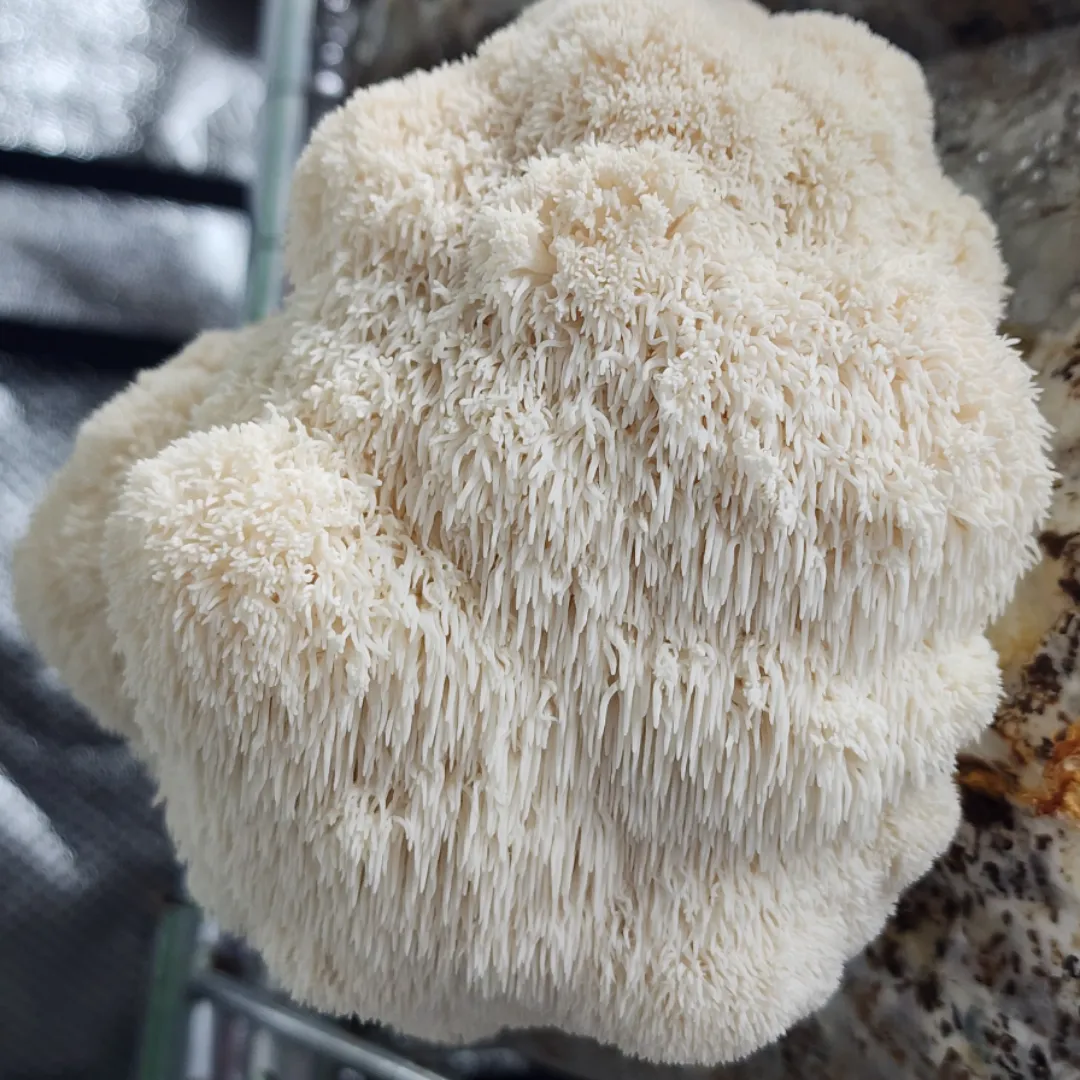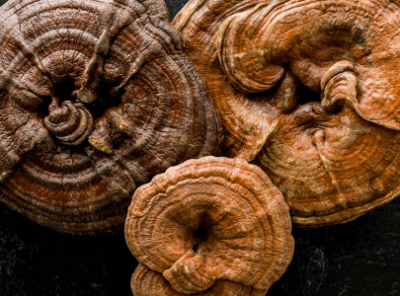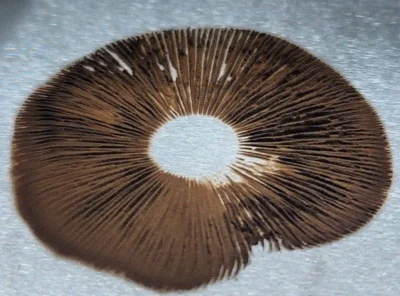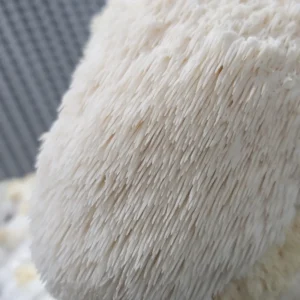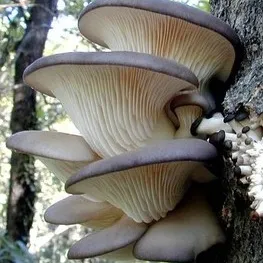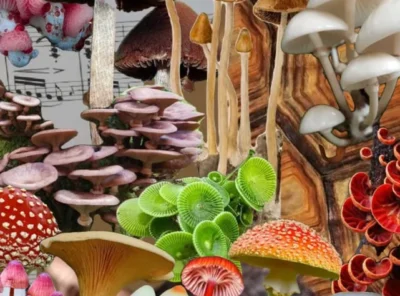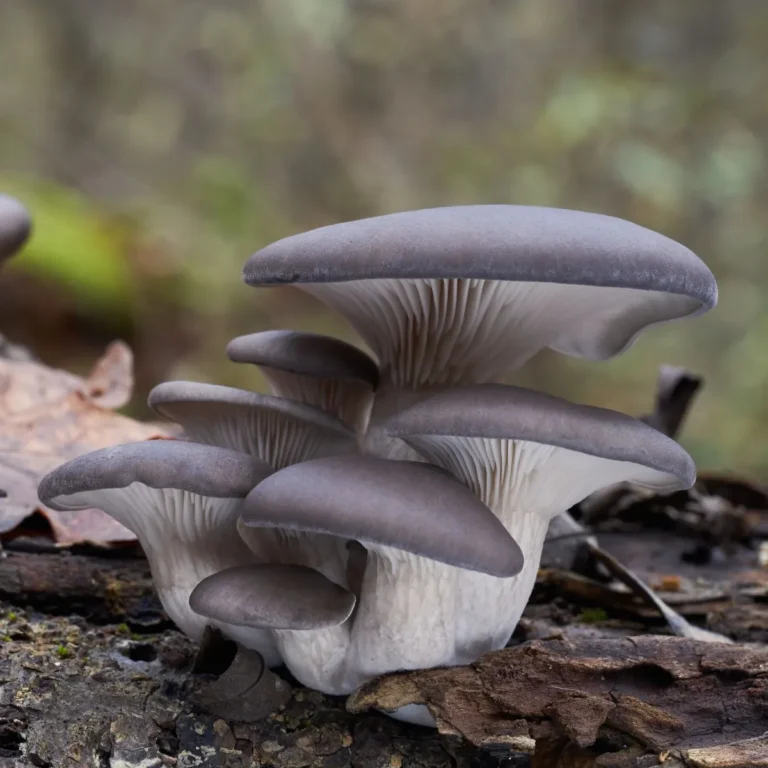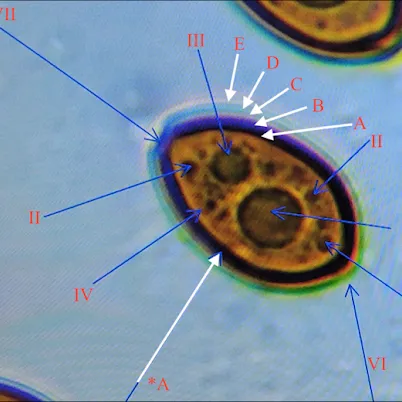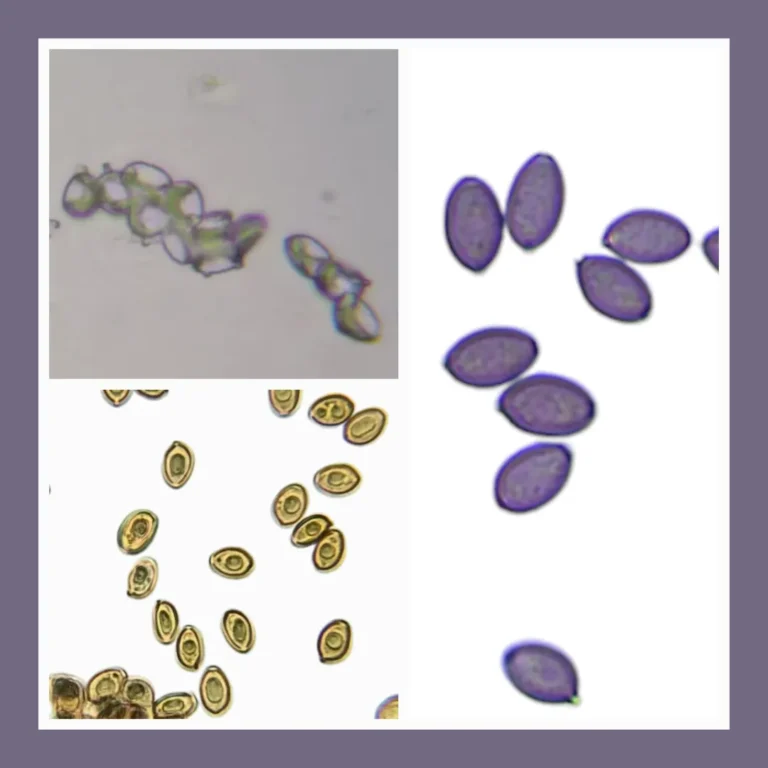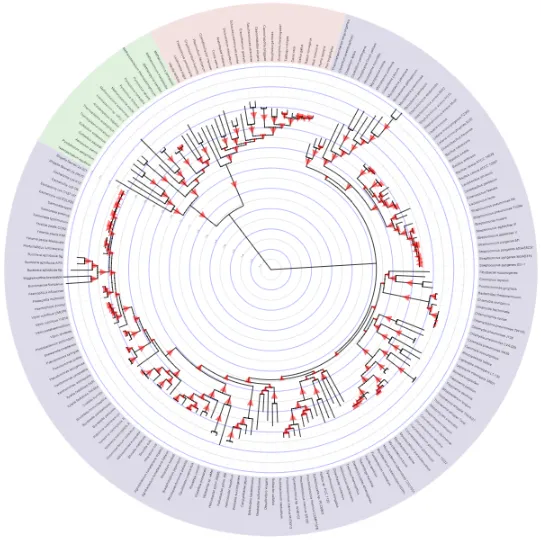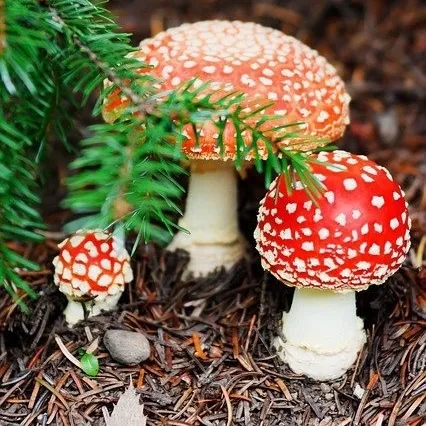How to make Lions Mane substrate
How to make Lions Mane substrate
Let’s explore a simple yet effective preparation of Lions Mane substrate. Creating a substrate for cultivating Lion’s Mane mushrooms involves a few key steps.
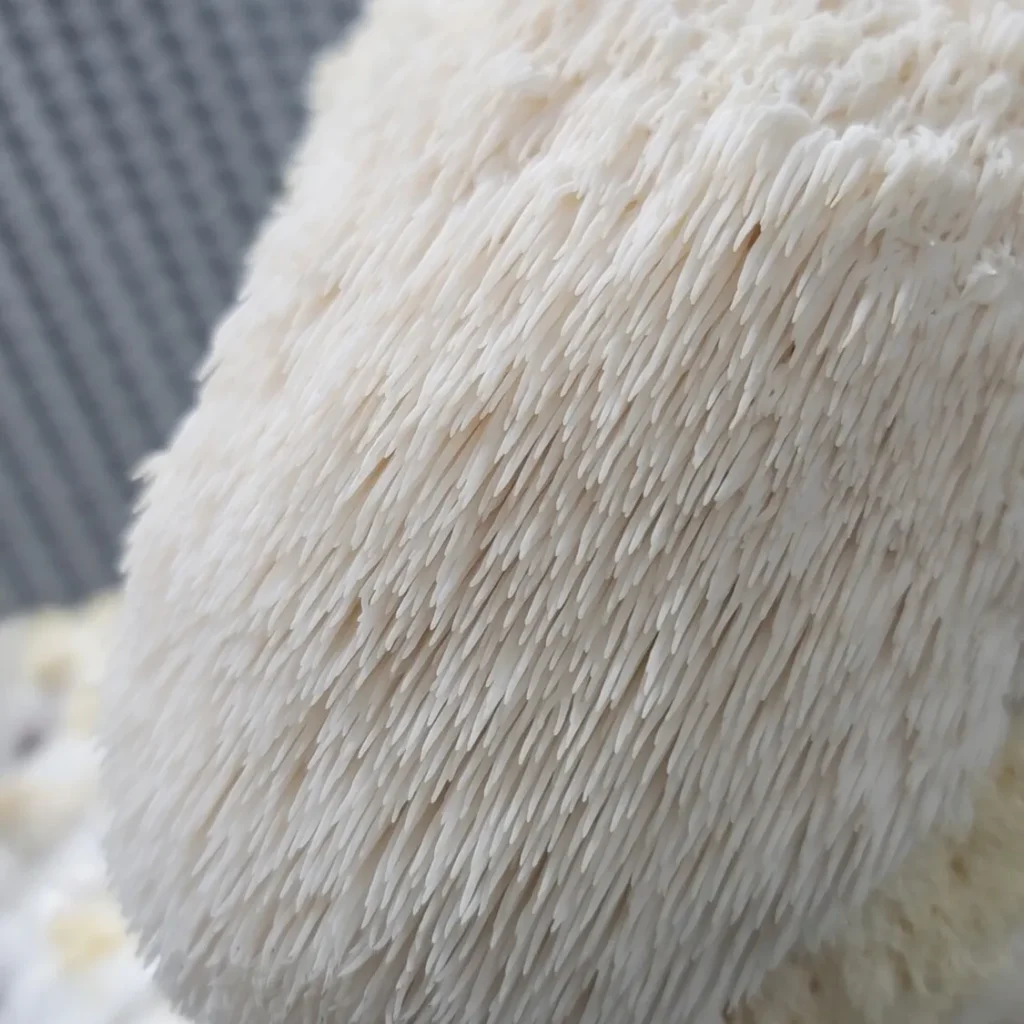
Lions Mane mushroom prefers a substrate rich in hardwood materials, as it naturally grows on decaying hardwood trees. Below is a basic guide on how to prepare a suitable substrate for Lion’s Mane mushrooms:
Materials Needed
– Hardwood sawdust (oak, alder, beech, etc.)
– Wheat bran or rice bran
– Water
– Large pot or pressure cooker for sterilizing
– Heat-resistant bags for sterilization (autoclave bags)
– A few small nails or an inoculation tool
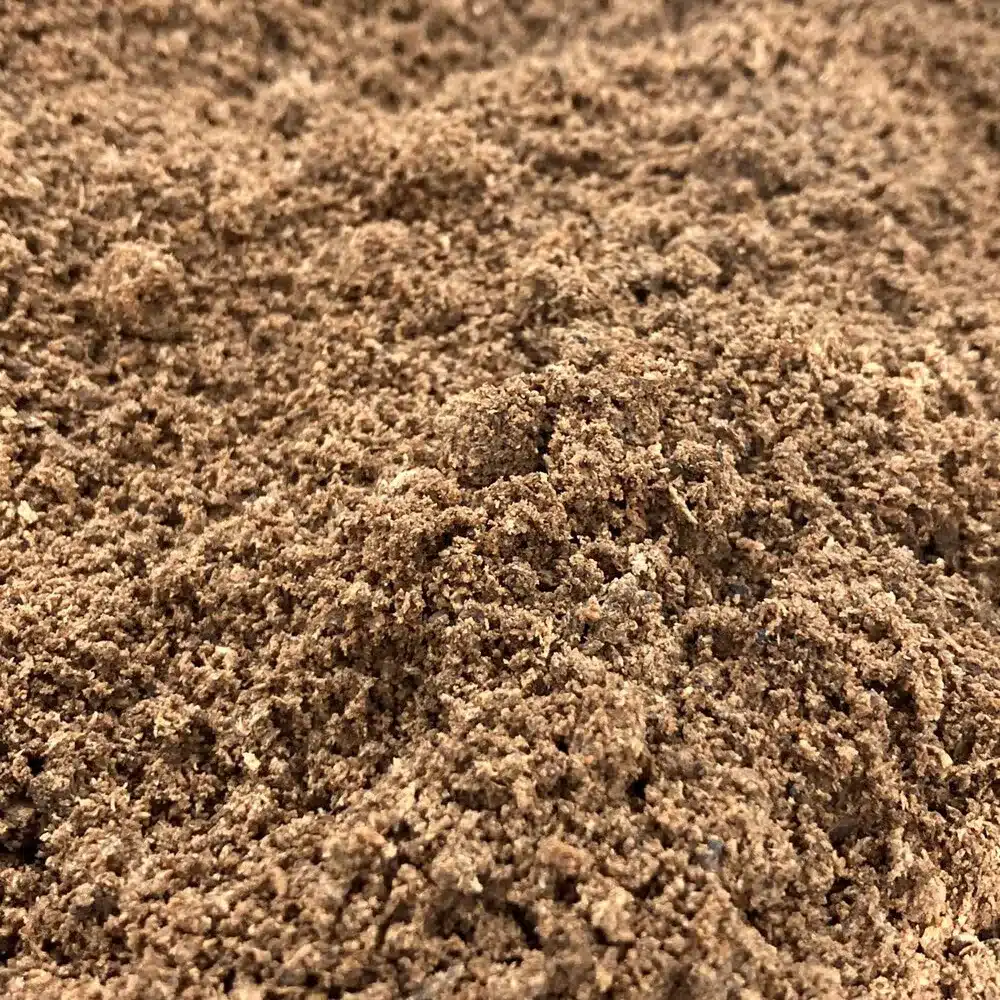
Step-by-Step Guide
Step 1: Prepare the Substrate Mix
1. Mix Ratio: Combine 80% hardwood sawdust with 20% wheat or rice bran. Scientists have conducted experiments and confirmed that these proportions for substrates are effective for Lion’s mane.
2. Moisture Content: Add water to reach a moisture content of about 60-65%. The substrate should feel moist and hold together when squeezed, but no excess water should drip out.
Step 2: Sterilize the Substrate
1. Packing: Fill the heat-resistant bags with the substrate mix. Don’t pack too tightly; allow some air space for the mycelium to breathe and grow.
2. Sterilization: Seal the bags, leaving a filter patch open for gas exchange. Sterilize the substrate by cooking it in a pressure cooker or large pot. Strive for a minimum of 90 to 120 minutes at 15 psi (pounds per square inch) to guarantee the elimination of all impurities and contaminates.
Step 3: Inoculation
1. Cool Down: Allow the sterilized bags to cool to room temperature. This can take several hours.
2. Inoculate: Under sterile conditions, introduce Lion’s Mane spawn into the bags. Use a small amount per bag, mixing it evenly throughout the substrate.
3. Seal: Once inoculated, seal the bags completely or use a small nail to puncture them for minimal air exchange.
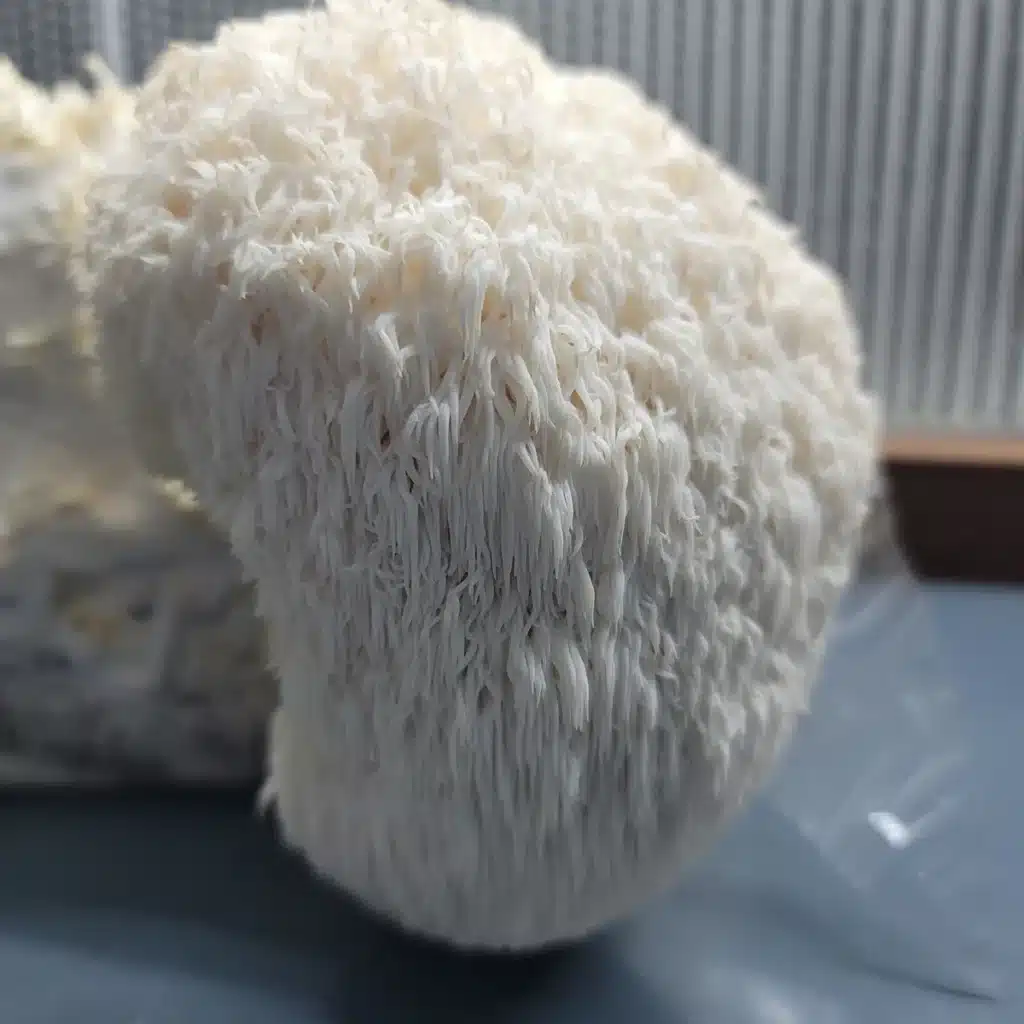
Step 4: Incubation
1. Incubation Conditions: Store the inoculated bags in a dark place with a consistent temperature around 65-75°F (18-24°C).
2. Monitor Growth: Over the next few weeks, check the bags for signs of mycelial colonization. The substrate should become fully colonized and turn white.
Step 5: Fruiting
1. Induce Fruiting: Once the bags are fully colonized, expose them to higher humidity (85-95%), lower temperature (about 60-70°F or 15-21°C), and indirect light.
2. Unseal the Bag: Create tiny incisions in the bag to let the mushrooms sprout. You can use a simple utility knife to make these incisions, forming an X shape with two lines approximately 3 inches long.
3. Moisture: Keep the environment humid and mist the openings daily to prevent the substrate from drying out.
Step 6: Harvest
Harvesting: Lion’s Mane mushrooms are ready to harvest when they have fully developed their characteristic spines. Harvest before they begin to yellow at the edges.
Tips for Success
– Cleanliness: Maintain a clean environment when handling substrates and spawn to avoid contamination or any unwanted results.
– Patience: Lion’s Mane can take several weeks to start fruiting after colonization.
– Observation: Regularly check your bags for any signs of mold or unusual smells.
As shown above this fundamental manual will assist you in initiating the cultivation of Lion’s Mane mushrooms. Keep in mind, each type of mushroom may have unique requirements. Hence, it’s a benefit to adjust inputs based on your observation and surrounding environment. Also, make sure to check out our gourmet liquid culture for our proprietary strains.

